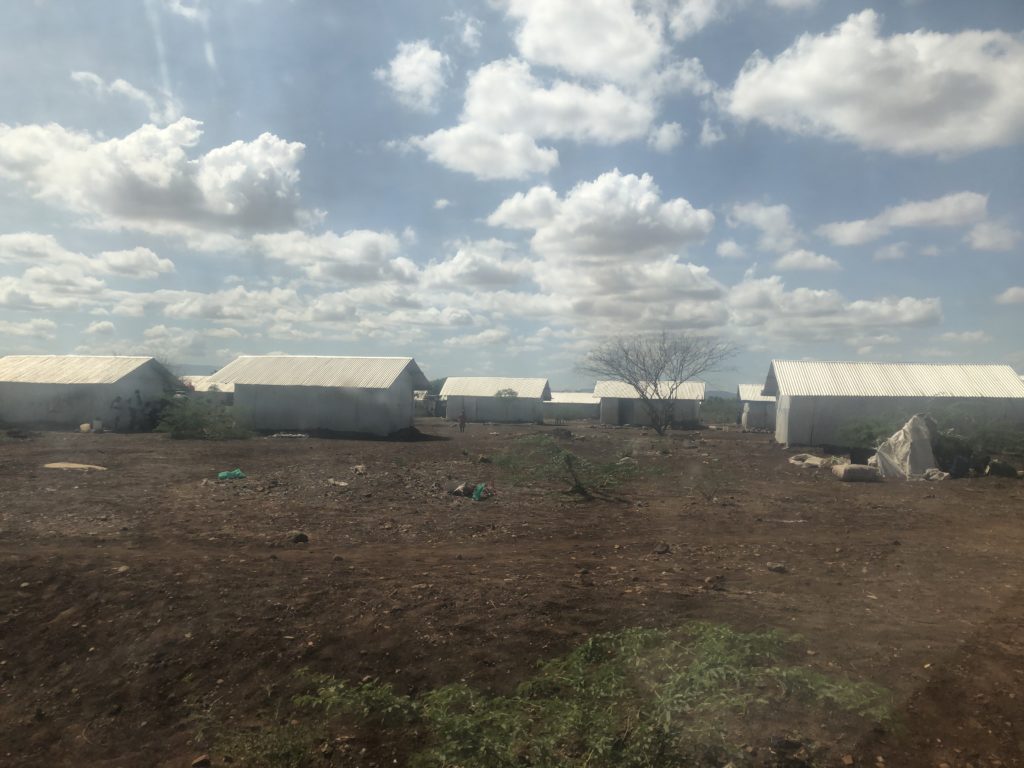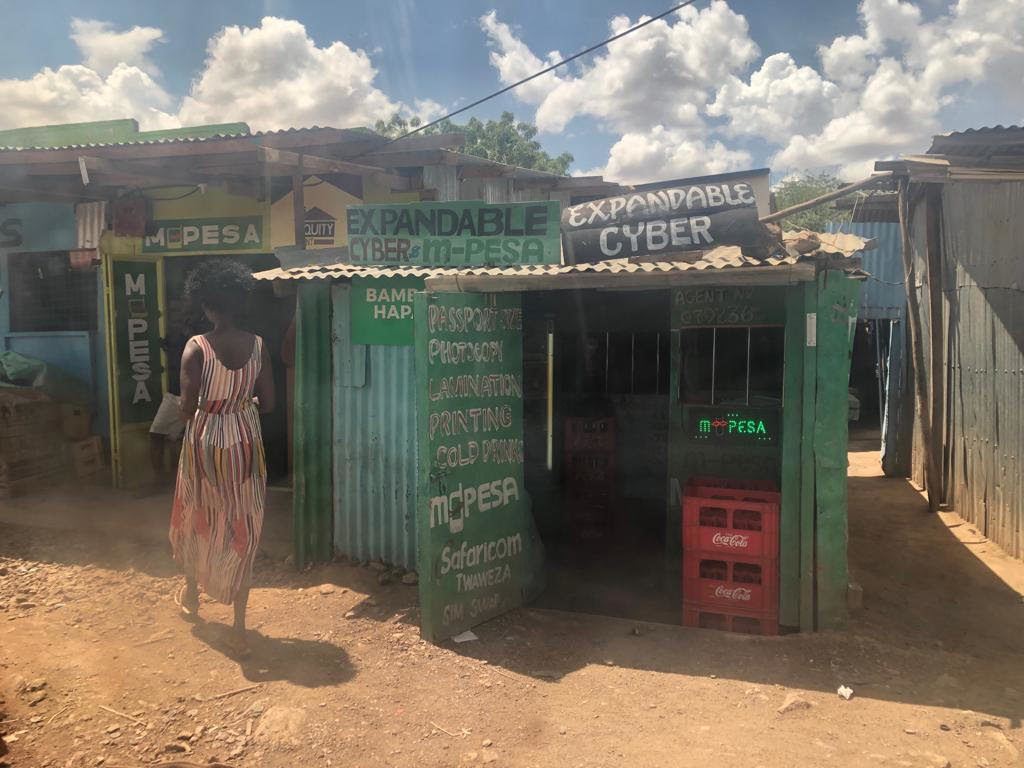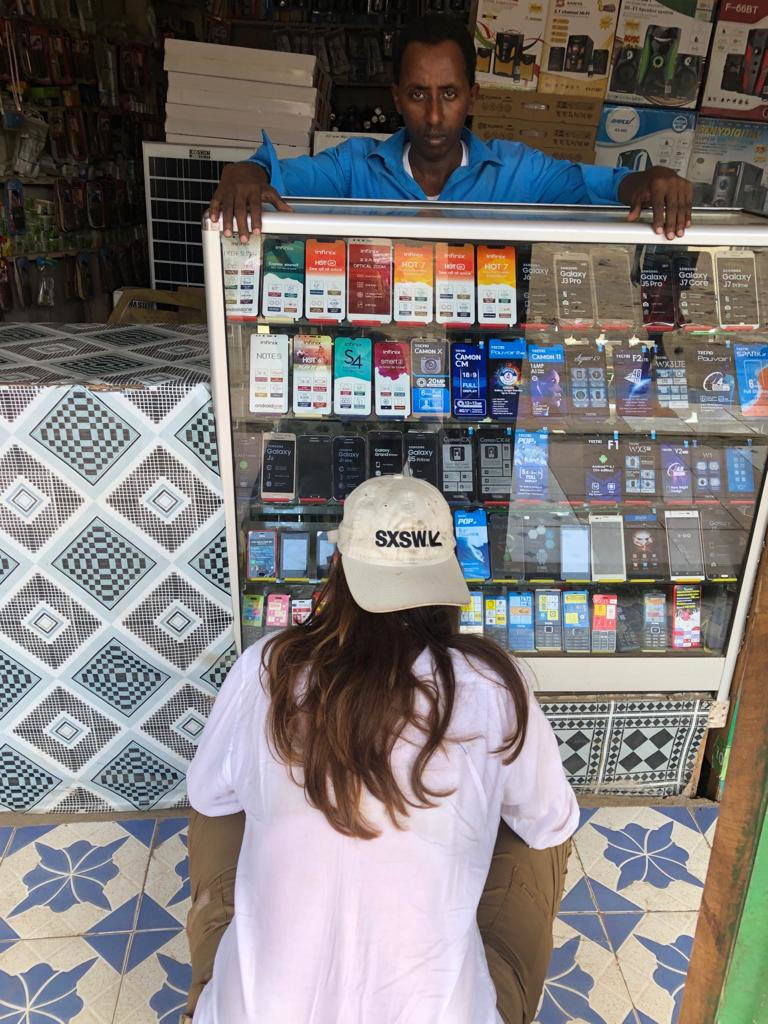Techfugees CEO, Joséphine Goube, reflects on the situation in Kenya’s sprawling Kakuma refugee camp.
Migration isn’t a European issue, it isn’t a Middle Eastern issue; it’s a global human reality, regardless of who makes it into the news. In Africa, the number of displaced people skyrockets, driven by a perfect storm of climate change, political, and economic instability.
The borderlands where Kenya touches Uganda and South Sudan are host to Kakuma refugee camp, created in 1992. 27 years later, it continues to grow.
Here, people have been born, raised, married and buried. What’s life like for 186,000 people from 10 different nations living so long in limbo?
Mid-May saw us visit Nairobi to attend the Google for Startups regional Summit and meet the winners of our first African hackathon. With all that glamour under our belts, we had to make the journey of nearly 450 miles to see Kakuma for ourselves and reflect on our role in East Africa. No camp looks similar, and each visit teaches us something new.

Tech meets human courage
Meeting with the Kenyan Red Cross in Kalobeyei, north Kakuma, we got a tour of how they operate and the challenges they face. Health education is poor here, typically delivered only at the point of need, like when it’s time to deliver a baby.
As you might expect, only engaging with healthcare in an emergency isn’t a sustainable long-term lifestyle. But when survival comes first, everything else takes a distant second place.
Our Nairobi hackathon winners are helping address this with the prototype of an SMS service for those registered with the Kenyan Red Cross. Texts alert refugees when they would benefit from check-ups and advise them of free services available.
There’s no room for flabby tech in Kakuma; everything needs to be geared towards a clear purpose or it won’t get used. Sometimes those purposes are unexpected. We suggested an online translation service for those getting tested for HIV, to deal with the huge number of languages spoken in the camp.

The fear of being exposed and shunned by their communities for having the condition means the anonymity provided by a tech-driven fix seems to be preferred over a human face. It’s very early days for this idea of a project, but the potential is there.
Meanwhile, we met with several representatives of the UNHCR who described KASI, their online service for registering refugees in the camps. Cloud storage helps address the possibility of fraud while keeping records consistent and transparent.
Finally, our friends at the Norwegian Refugee Council demonstrated their ideas for digitally educating and training refugees and told us about their successful pilots. Local and international companies can train dozens of people in fields like digital marketing, for which there’s an enormous appetite among younger residents.
A jarring juxtaposition
Refugees working as freelance marketers from these gigantic camps – digital as well as physical nomads – challenges the stereotype of lost souls looking for handouts. It wasn’t the only fusion of anguish and technology we encountered.
After all, people need to do something with their days. Kakuma has grown to cover four districts as well as Kalobeyei, a separate settlement where locals and refugees live side by side.

That’s no camp, it’s a city in its own right; a forgotten economy crying out for long-term solutions in lieu of somewhere else to call home. The transition from emergency humanitarian aid to decades of inertia has produced a unique way of life.
Research from our Techfugees Kenya lead, Ben Hounsell, on refugees’ phone usage prepared us for what to expect. Phone shops and charging stations are big business, with prices for the latest models not too far off what you’d pay in the West.

3G, even 4G in some places, was readily accessible. That level of connectivity has enabled a cashless economy; very little money changes hands here, bank cards are all but unheard of. Instead, refugees pay for goods and services via apps like M-Pesa. Among the dust and tents, we saw a digital payment economy more advanced and secure than some European cities.
Reflections for the future
Leaving Kakuma was bittersweet. So much is happening there, but there’s still so much to do. Mobile technology leads the way, the next step is to reduce friction and expand beyond mere survival, unlocking access to education and long-term healthcare.
Our goal for 2019 is to connect areas like this with tech hubs like Nairobi, which is particularly strong in fintech and agritech. Deeper engagement in Uganda and Rwanda is also on the cards for the Techfugees team, a tailored strategy for the complexity of Africa.
All this needs to happen fast, because the climate clock is ticking. I’ll leave you with Kakuma resident Mohamud Hassan’s address to the World Economic Forum, summing up what we all felt on our visit: 27 years is enough.
This post was written by the team at Sookio.